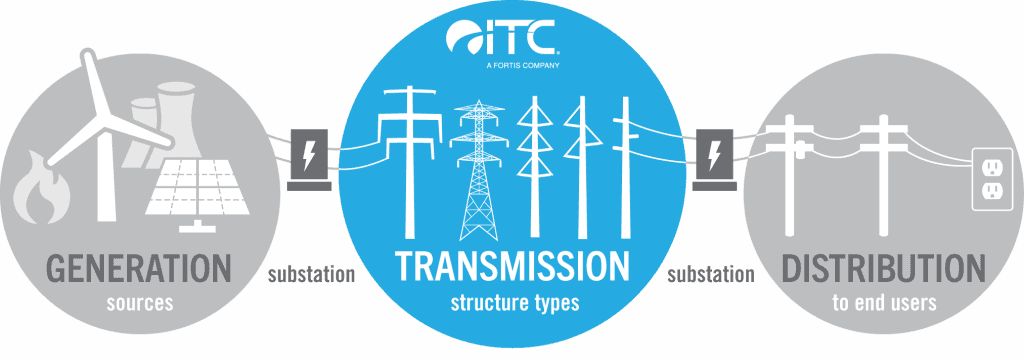NEW YORK – Scientists using ice-breaking ships and underwater robots have found the Thwaites Glacier in Antarctica is melting at an accelerating rate and could be on an irreversible path to collapse, spelling catastrophe for global sea level rise.
Since 2018, a team of scientists forming the International Thwaites Glacier Collaboration, has been studying Thwaites — often dubbed the “Doomsday Glacier” — up close to better understand how and when it might collapse.
Their findings, set out across a collection of studies, provide the clearest picture yet of this complex, ever-changing glacier. The outlook is “grim,” the scientists said in a report published Thursday, revealing the key conclusions of their six years of research.
They found rapid ice loss is set to speed up this century. Thwaites’ retreat has accelerated considerably over the past 30 years, said Rob Larter, a marine geophysicist at the British Antarctic Survey and part of the ITGC team. “Our findings indicate it is set to retreat further and faster,” he said.
The scientists project Thwaites and the Antarctic Ice Sheet could collapse within 200 years, which would have devastating consequences.
Thwaites holds enough water to increase sea levels by more than 2 feet. But because it also acts like a cork, holding back the vast Antarctic ice sheet, its collapse could ultimately lead to around 10 feet of sea level rise, devastating coastal communities from Miami and London to Bangladesh and the Pacific Islands.
Scientists have long known Florida-sized Thwaites was vulnerable, in part because of its geography. The land on which it sits slopes downwards, meaning as it melts, more ice is exposed to relatively warm ocean water.
Yet previously, relatively little was understood about the mechanisms behind its retreat. “Antarctica remains the biggest wild card for understanding and forecasting future sea level rise,” ITGC scientists said in a statement.
Over the last six years, the scientists’ range of experiments sought to bring more clarity.
They sent a torpedo-shaped robot called Icefin to Thwaites’ grounding line, the point at which the ice rises up from the seabed and starts to float, a key point of vulnerability.
The first clip of Icefin swimming up to the grounding line was emotional, said Kiya Riverman, a glaciologist at the University of Portland. “For glaciologists, I think this had the emotional impact that perhaps the moon landing had on the rest of society,” she said at a new conference. “It was a big deal. We were seeing this place for the first time.”
Through images Icefin beamed back, they discovered the glacier is melting in unexpected ways, with warm ocean water able to funnel through deep cracks and “staircase” formations in the ice.
Read more at CNN






